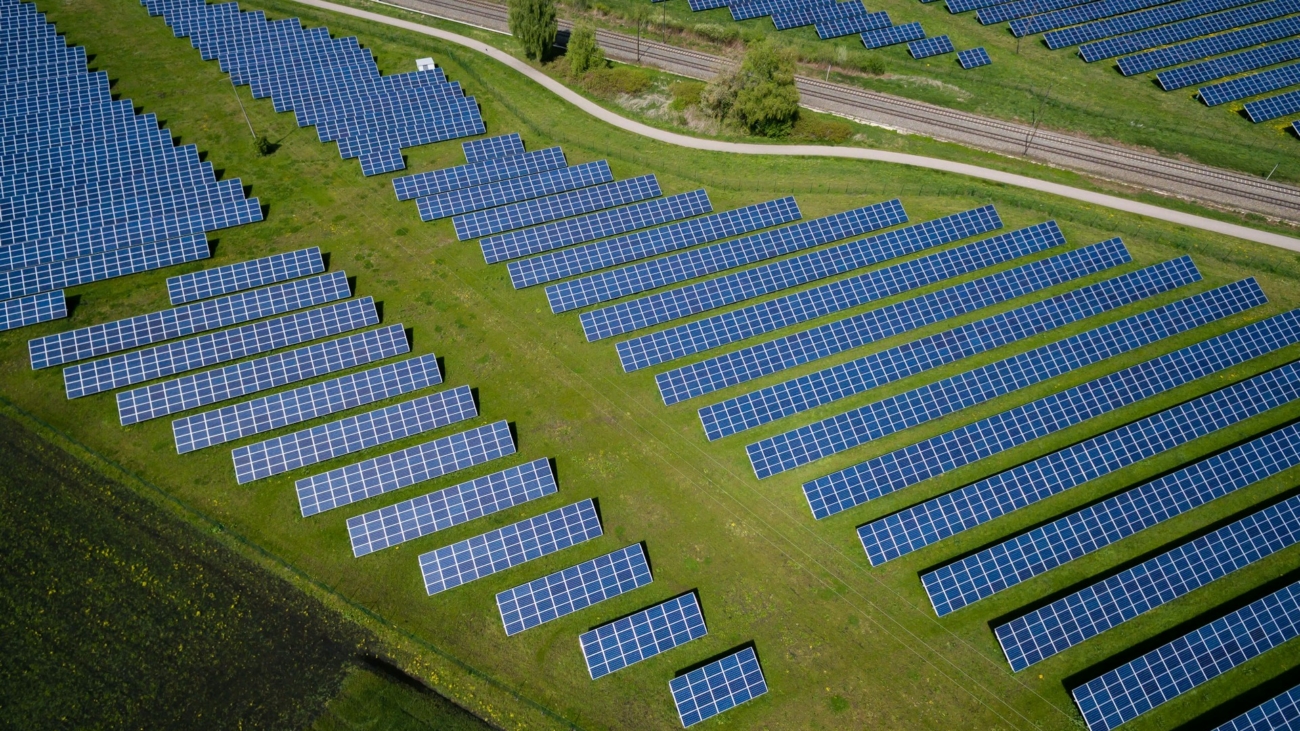As the world moves towards sustainable energy solutions, rural communities can significantly benefit from decentralized solar grids. This article explores how a village can effectively manage a multi-input solar grid, connecting several solar plants and rooftop solar panels to power local street lighting and community projects. By harnessing solar energy, the village can reduce its dependence on conventional electricity and promote environmental sustainability.
Components of the Local Solar Grid
- Solar Plants and Rooftop Panels:
- Solar Plants: Several solar plants strategically placed around the village to capture maximum sunlight.
- Rooftop Solar Panels: Individual houses equipped with rooftop solar panels to contribute to the grid.
- Centralized Grid Office:
- Location: The community hall serves as the grid office.
- Facilities: Battery storage systems to store excess energy, office space for solar technicians, and monitoring equipment.
- Community Infrastructure:
- Street Lighting: Solar-powered street lights connected to the grid.
- Community Buildings: The village office and community hall powered by the solar grid.
Implementation Plan
1. Setting Up the Infrastructure
Solar Plants and Rooftop Panels
- Site Selection: Identify optimal locations for solar plants considering sunlight exposure.
- Installation: Engage professional solar installers for setting up solar plants and rooftop panels.
Grid Office and Battery Storage
- Community Hall Renovation: Equip the community hall with necessary infrastructure for monitoring and managing the grid.
- Battery Installation: Install battery storage systems to ensure energy availability during cloudy days and nighttime.
2. Creating a Skilled Workforce
Training Programs
- Solar Technician Training: Organize training programs for local youth to become certified solar technicians.
- Ongoing Education: Conduct regular workshops to update technicians on new technologies and maintenance techniques.
3. Financial Management
Monthly Fee Collection
- Community Contribution: Implement a monthly fee collected from village households.
- Fee Structure: Determine a fair fee structure covering technicians’ salaries, maintenance costs, and lighting services.
Budget Allocation
- Operational Costs: Allocate funds for salaries, equipment maintenance, and operational expenses.
- Savings and Investments: Save a portion of the funds for future upgrades and expansions of the solar grid.
4. Maintenance and Monitoring
Regular Inspections
- Routine Checks: Schedule regular inspections and maintenance of solar panels, batteries, and other equipment.
- Issue Resolution: Establish a protocol for quickly addressing any technical issues that arise.
Monitoring System
- Real-Time Data: Utilize monitoring systems to track energy production, consumption, and storage levels.
- Reporting: Generate periodic reports to inform the community about the grid’s performance and sustainability.
5. Community Engagement and Education
Awareness Campaigns
- Energy Conservation: Educate villagers on the importance of energy conservation and efficient usage.
- Benefits of Solar Energy: Highlight the environmental and economic benefits of the solar grid.
Feedback Mechanism
- Community Meetings: Hold regular meetings to discuss the grid’s performance and gather feedback from villagers.
- Suggestion Box: Provide a suggestion box for villagers to share ideas and concerns anonymously.
Benefits of a Community-Managed Solar Grid
- Energy Independence: Reduced reliance on conventional electricity sources.
- Environmental Sustainability: Lower carbon footprint and promotion of renewable energy.
- Economic Savings: Long-term savings on energy costs for the community.
- Community Empowerment: Creation of jobs and skills development for local youth.
- Improved Infrastructure: Enhanced street lighting and reliable power for community buildings.
Conclusion
Managing a multi-input solar grid within a village requires careful planning, community engagement, and sustainable financial practices. By collectively harnessing solar energy, villages can achieve energy independence, reduce environmental impact, and foster community development. This model not only provides a reliable power source but also empowers the community to take charge of their energy needs, ensuring a brighter and more sustainable future.

